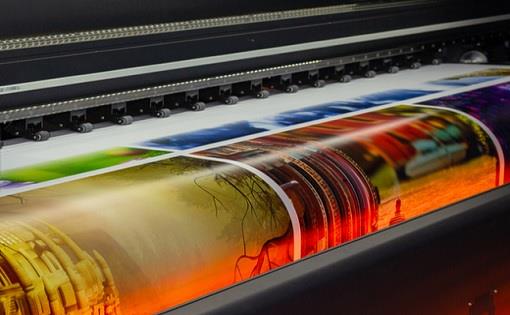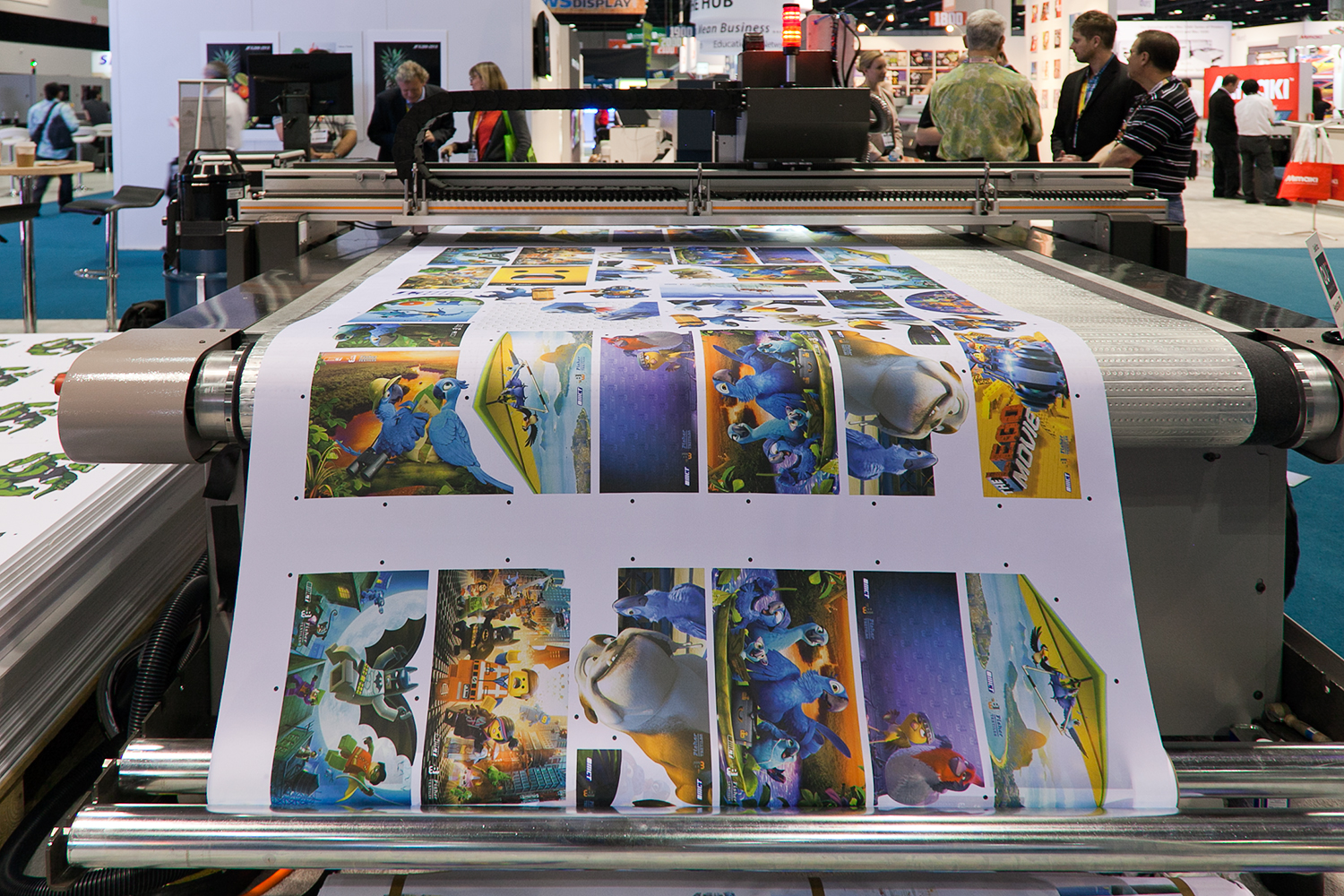The Best Guide To Digital Printing
The Best Guide To Digital Printing
Blog Article
Our Digital Printing PDFs
Table of ContentsRumored Buzz on Digital PrintingDigital Printing for BeginnersExamine This Report about Digital PrintingThe Greatest Guide To Digital Printing10 Simple Techniques For Digital PrintingSome Of Digital PrintingNot known Incorrect Statements About Digital Printing Facts About Digital Printing Uncovered
Modification also allows organizations to stand out in a jampacked market by producing distinct advertising products that differentiate them from their competitors. Among the main benefits of electronic printing is the capability to publish variable information. Each printed item can be special, enabling companies to develop customized advertising and marketing products that speak directly to their target market.Digital printing likewise permits personalization in the style of advertising and marketing materials. With digital printing, businesses can produce styles that are unique and tailored to their certain needs. This can include customized graphics, font styles, and layouts that can assist to differentiate them from their competitors. One more benefit of digital printing is the capacity to publish as needed.
The Facts About Digital Printing Uncovered
By publishing smaller sized amounts of marketing products, services can reduce waste and avoid the need for excess stock. Digital printing is also flexible.
By utilizing different products and formats, companies can develop one-of-a-kind advertising and marketing materials that stand out from their rivals and stand out from their target audience. Digital printing also offers uniformity. With standard printing methods, there is usually variation in between prints as a result of differences in ink insurance coverage, pressure, and various other factors.
This uniformity can help construct client depend on and credibility, showing that the organization is devoted to offering high-quality materials. Uniformity is especially essential for services that wish to build consumer trust fund and reliability. By ensuring that every print corresponds, companies can show that they are dedicated to giving top quality products and taking notice of the information.
Digital Printing - An Overview

On top of that, electronic printing generates much less waste due to the fact that it can publish as needed and in smaller sized amounts, minimizing the demand for excess supply and products. Digital printing also uses less energy compared to conventional printing techniques. Digital printers do not call for as much power to run, as they do not require to warm up as a lot or use as much power to run.
5 Simple Techniques For Digital Printing

Countered printing needs a plate for every shade printed. Typical offset printing is Continue a print method that utilizes light weight aluminum plates to transfer ink onto a rubber sheet (commonly described as a "covering"). The image is then rolled onto the printing surface area. This printing approach is taken into consideration "offset" since the ink is not transferred to the paper directly.
About Digital Printing
Countered printing permits for a broad range of print materials to be used during manufacturing. The high-grade images generated with offset printing make it the recommended technique, particularly amongst graphic developers, when looking for the biggest shade reproduction, information, and professional-looking prints.
The essential printing technique continues to be balanced out. For digital inkjet printing, ink is transferred directly onto the surface. As opposed to counting on light weight aluminum plates and rubber blankets to move a picture, electronic printing uses fluid ink during manufacturing. Traditional home inkjet printers are just one of the most typical electronic printing techniques.
All about Digital Printing
Since countered printing can mix personalized shade inks for each job, it will naturally get the shades spot-on. Count on countered printing for tidy, unique types and images without streaks or places.
It sets you back a whole lot to begin a balanced out task. You have to invest money into developing home plates, which requires time. As soon as you've invested it, all of the products are all set to go, and you'll spend less on big countered work than a digital print, which is concerning the exact same per piece no issue just how huge the job obtains.
Each you could try this out print is identical. You take the chance of fewer weird variations triggered by imbalances in water and ink. Digital printing is less pricey for low-volume tasks. The rate per device drops for electronic printing, so at some point, they crisscross. Transforming information within a single print work. For instance, state you were publishing out postcards advertising a performance.
Top Guidelines Of Digital Printing
While electronic printing or inkjet printing is the recommended selection in today times, there are compelling reasons to convert from offset to digital printing systems. Contact Kao Collins about color matching and customized formulas. When printing offset or digitally, crucial decisions and processes are entailed in shade matching. If it has a visuals overlay or consists of a label, it will certainly have shades.
Industrial inkjet printing provides versatility for printing on several various substratums. Digital printing is suitable for clients who do not call for longer runs and warehousing products.

One advantage of electronic printing is choosing from a vast array of digital substrates. With balanced out printing, substratums make up, usually, 30% of the expense of the work. With electronic printing, the cost of the substrate in the general work is tiny. This permits for even more selections than in the past, and that's great for marketing professionals straight from the source and businesses.
Fascination About Digital Printing
Tools expenses in inkjet printing are much reduced than balanced out printing as there are no plate-making, plates, and press expenses. Past the capital expenditure, the prepress devices and printing presses require very knowledgeable operators in balanced out printing, which includes labor expenses.
Report this page